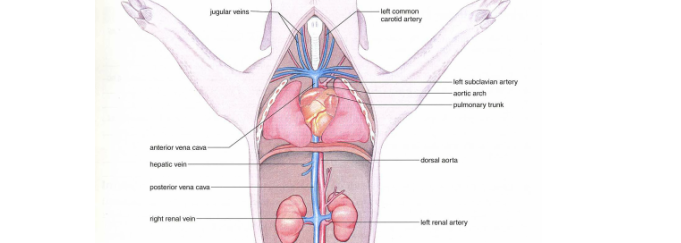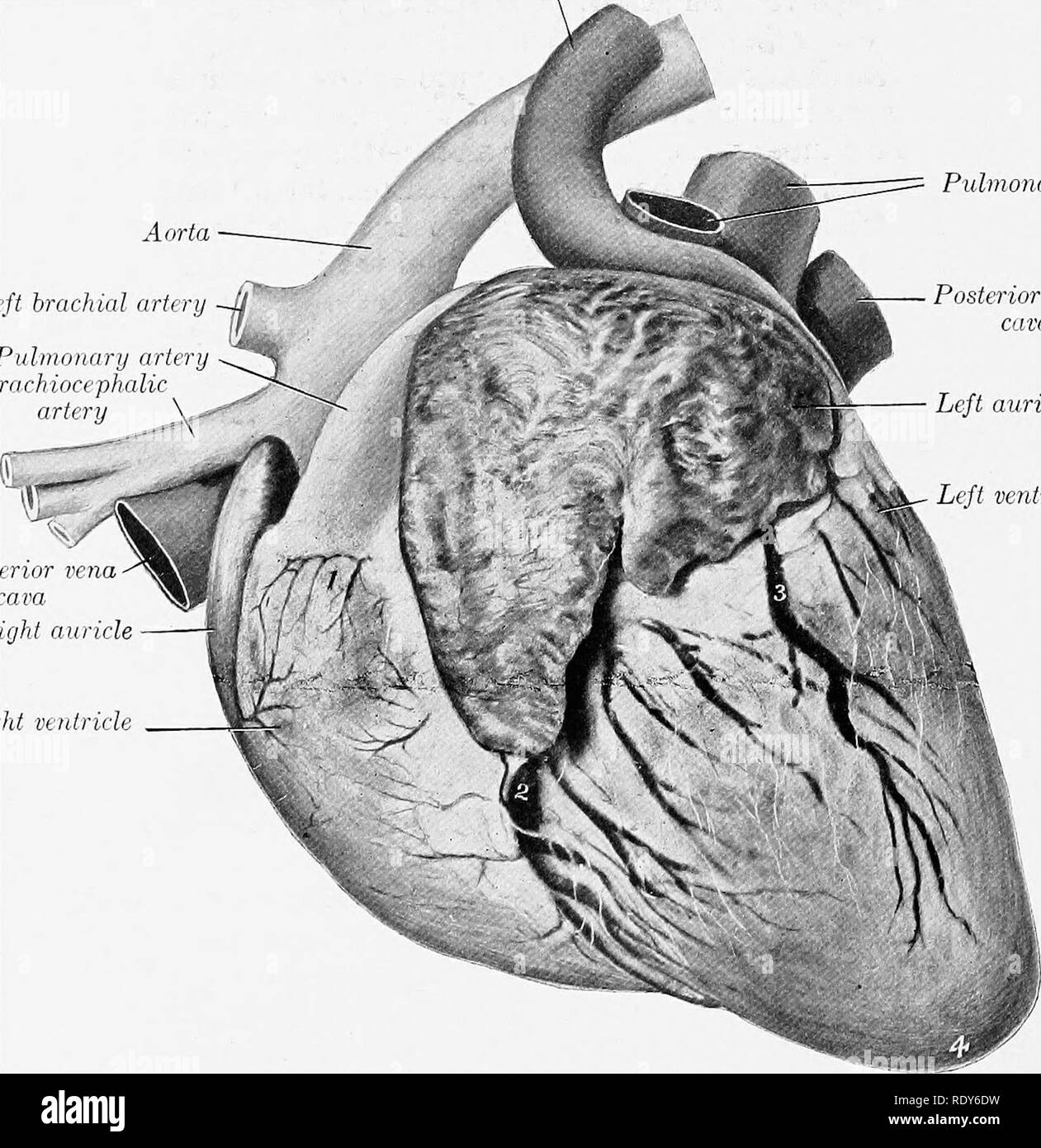
The Circulatory System of the Guinea Pig by GEORGE E. Air and food pass through the oropharynx a space in the posterior portion of the mouth.

One fluid the blood along with heart and the blood vessels constitute the blood vascular system.
Circulatory system of pig. The circulatory system consists of the heart which is a four chamber suction and pressure pump that moves blood through two separate systems one to and from the lungs and the other around the body. The blood returns to the heart from the body through a series of veins which terminate in two large veins called the anterior and posterior vena cava. Blood returns from the lungs through the.
The circulatory system also called the cardiovascular system in mammals of the pig is responsible for the transportation of nutrients gases wastes and hormones. Additionally it is involved with the control of body temperature provides channels for the immune system to protect the body and participates in the maintenance of body fluid homeostasis. Pig Circulatory System by Jessica Sigmon Pig Circulatory System By Jessica Sigmon.
The entire circulatory system in pigs can be classified into two parts the pulmonary and systemic. The oxygen-rich blood from the lungs is carried to the heart by the. The Circulatory System of the Guinea Pig by GEORGE E.
HERMANN Agricultural and Mechanical College of Texas THE parts of the circulatory system considered here are the heart ar-teries and veins. This system transports dissolved food materials oxygen carbon dioxide excretions hormones and antibodies to and from. Circulatory System of a Pig CIRCULATORY MECHANISM Circulatory MechanismThe entire circulatory mechanism in pigs can be classified into two parts - pulmonary and systemic circulation.
Pulmonary circulation refers to the circulation of blood between the heart and the lungs while. Made with Explain Everything. Cow Anatomy Circulatory System.
June 6 2020 - by Wandi - Leave a Comment. Blood and circulatory system disorders animal ans cardiovascular system circulatory system of rabbit bovine anatomy android vets labeled atlas of anatomy ilrations. Circulatory System Of The Cow.
Fetal Pig Circulatory System dissection and guide - YouTube. Dissecting the fetal pig to view the circulatory system. Dissecting the fetal pig to view the circulatory system.
Air and food pass through the oropharynx a space in the posterior portion of the mouth. Below the oropharynx the laryngopharynx leads to the opening of the larynx and esophagus. From the laryngopharynx air passes through the glottis to the trachea.
Hard palate soft palate glottis epiglottis tongue. The circulatory system of pigeon includes heart arteries veins the blood and lymphatic system. The heart is four chambered 2 auricles and 2 ventricles.
The sinus venosus is absent. Ventral view of the anterior region of the pig showing structures in the neck region and the thoracic cavity. The pericardial sac encloses the heart.
Open the pigs thoracic cavity by making an incision with scissors. Make this shallow at first and gradually go deep to get into the thoracic cavity. You will need to cut through the ribcage to get into the thoracic cavity.
To do so avoid the sternum by. The muscular system of guinea pig is well defined with exception of the cutaneous muscles. Particularly those of the head where they tend to fuse making identification of individual muscles difficult.
The masticatory muscles are well developed particularly the masseter and digastricus muscles reflecting the gnawing behavior of these animals and mastication by grinding rather than shearing. Fetal Pig Fetal Circulatory System. In this article we will discuss about the circulatory system of pigeon.
Two different fluids circulate through the body of pigeon. One fluid the blood along with heart and the blood vessels constitute the blood vascular system. Another fluid the lymph and the lymph channels are included under the lymphatic system.
The skeleton of guinea-pig is almost entirely osseous with strips of cartilage persisting at the ends of some bones. Cartilage is also present in a few places such as in the external ears and nose. The skeleton is divided into axial and appendicular portions.
The axial skeleton is composed of the skull vertebral column ribs and sternum.